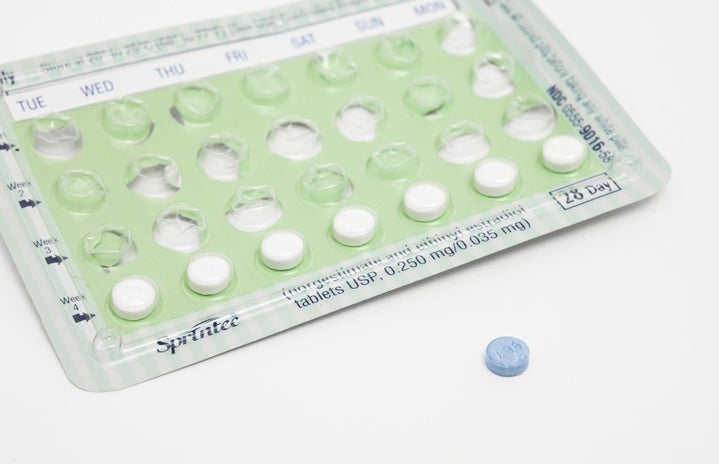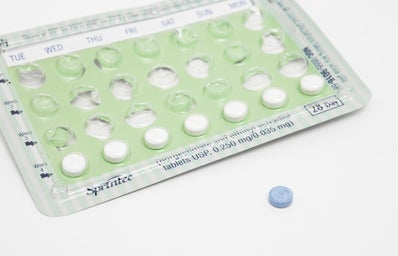I have struggled with Endometriosis for three years. I struggled to find my diagnosis, and then to find a solution for my pain. It has been a journey rediscovering my confidence, resilience, and determination to thrive through my ever-present pain, but I have –and so can you.
A brief overview of Endometriosis:
Endometriosis is an incurable but manageable gynecological condition believed to affect 11 percent of women in the United States between the ages of 15 and 44 years old. The exact number of women affected is impossible to determine because many women go diagnosed. It takes an average of 10 years for women in the U.S. to reach their diagnosis.
Endometriosis occurs when endometrial tissue, the tissue normally found in the uterus, is present in other areas of the body often developing in the fallopian tubes, ovaries, bowel, bladder, or abdominal walls. As the endometrial tissue continues to thicken, flex, and break down in response to menstrual cycle hormones, endometriosis forms deep inside the body. Normal endometrial tissue exits the body during menstrual bleeding, but endometriosis cannot exit the body and instead begins to accumulate, potentially causing complications such as infertility, ovarian cysts, increased risk of ovarian cancer. Common symptoms include severe menstrual cramps, long-term lower-back and pelvic pain, abnormally long or heavy periods, pain during intercourse, spotting/bleeding between periods.
The only way to truly diagnose endometriosis is by undergoing laparoscopic surgery. It is a minimally invasive procedure that may give some patients peace of mind.
Please talk to your doctor for more information about endometriosis.
At-home remedies to combat symptoms:
- Heat. Taking a warm bath or placing a heating pad on your lower abdomen can soothe your pelvic muscles, offering you some relief.
- A pelvic/abdominal massage. Gently messaging the area may offer patients relief. The use of massage or essential oils may also be beneficial and help the patient relax, soothing the muscles further.
- Over-the-counter inflammatory medications such as ibuprofen or prescribed muscle-relaxers.
- Dietary changes may be beneficial. Altering eating habits may reduce symptoms in some patients, but more research is advised. Some suggestions include limiting consumption of red meat, dairy products, gluten, processed foods, and sugars while increasing fruit and vegetable intake.
- Light, regular exercise. Physical activity releases endorphins that help patients feel better. Yoga, hiking or running, swimming, among other activities have helped; find one that is right for you!
- Meditation. Meditation can help patients escape their pain by focusing on their breathing and calming their minds.
Track your symptoms regularly and take note of any triggers or relievers, and remember, it may take some time to find the right ways to manage your endo for you. Be patient with yourself and continue to thrive through the pain. Endo can be a show stopper, but it does not have to be for you. You are powerful, resilient, and supported. You will get through this.


